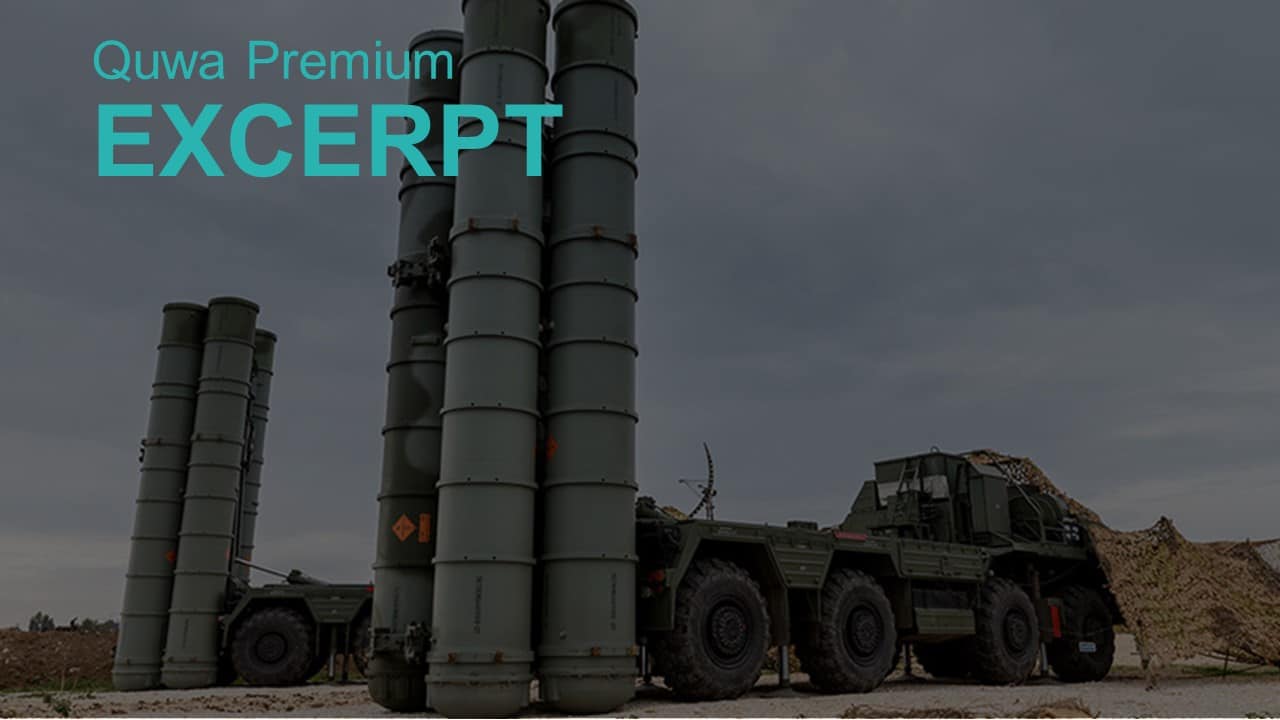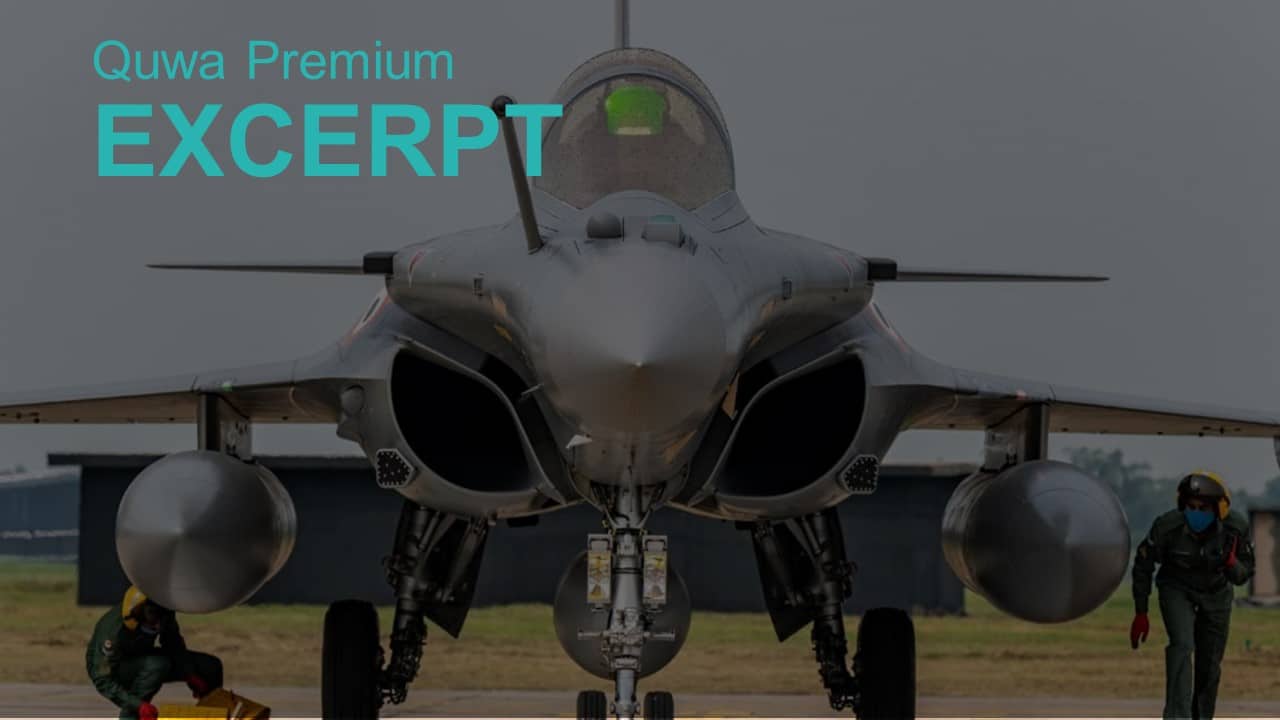1934Views

Hanwha Aerospace Wins $254 M K9 Howitzer Deal with India
Hanwha Aerospace has signed a $254 million (370 billion won) contract to supply K9 self-propelled howitzers to India, marking the second major procurement of the weapon system by the Indian Army.
The agreement, finalized on April 3, 2025, continues the strategic partnership between South Korea and India in defense technology and industrial cooperation.
Deal Specifications and Local Manufacturing
The contract involves the delivery of 100 additional K9 Vajra-T self-propelled howitzers to the Indian Ministry of Defence.
These systems will be manufactured in India by Larsen & Toubro (L&T) at its Armored Systems Complex in Hazira, Gujarat. This follows the successful implementation of the 2017 contract worth 770 billion won, under which 100 units were delivered to the Indian Army by 2020.
A significant aspect of this procurement is the increased indigenization target. While the first batch incorporated approximately 50% local materials and components, the new agreement aims to raise this to 60%, aligning with India’s vision for defense manufacturing self-reliance.
The total agreement between the Indian Army and L&T is valued at approximately $850 million (72.69 billion rupees), with Hanwha Aerospace expected to receive about half of this amount for its role in joint production and technology transfer.
K9 Vajra-T Capabilities
The K9 Vajra-T represents a localized adaptation of Hanwha’s globally successful K9 Thunder platform.
The system features a 155mm/52-caliber gun system specifically modified to meet the Indian Army’s operational requirements across diverse terrains, including deserts, plains, and high-altitude regions.
The K9 Vajra-T features an advanced 155mm/52-caliber gun system capable of engaging targets at ranges exceeding 40 kilometers, providing the Indian Army with significant standoff capability in varied operational environments.
The artillery system delivers a firing rate of up to six rounds per minute in burst mode, while maintaining two or three rounds per minute in sustained operations for both immediate fire support and prolonged engagement capabilities.
Mobility remains a key strength of the platform, with cross-country speeds reaching approximately 65 kilometers per hour, allowing rapid deployment and repositioning across challenging terrain.
Complementing these capabilities are advanced fire control and targeting systems that ensure precision strikes, enabling the accurate engagement of both static and moving targets while minimizing collateral damage.
India’s K9 Procurement Journey
India’s acquisition of the K9 platform began in 2017 when L&T secured a contract for 100 units through a competitive global bidding process.
The first batch was delivered ahead of schedule, with the final unit handed over in 2021. Initially deployed along the Rajasthan border with Pakistan, these systems were later adapted for high-altitude operations in Ladakh following the 2020 India-China confrontation.
The Indian version, designated K9 Vajra-T, was jointly developed by L&T and Hanwha Aerospace to address specific requirements of the Indian Army.
The localization process involved establishing production capabilities at L&T’s Hazira facility, which was inaugurated by Prime Minister Narendra Modi in January 2019.
Strategic Context and Artillery Modernization
This procurement represents more than just an equipment acquisition; it forms a critical element in India’s comprehensive artillery modernization program.
The Indian Army is simultaneously inducting new 155 mm gun systems, such as the recently contracted Advanced Towed Artillery Gun System (ATAGS).
The ATAGS acquisition, worth approximately ₹7,000 crore ($830 million) for 307 units, complements the self-propelled K9 systems. The ATAGS, developed by DRDO and manufactured by Bharat Forge and Tata Advanced Systems Limited, features a 155mm/52-caliber gun with a range of 48 kilometers.
Together, these systems represent a comprehensive approach to artillery modernization, combining tracked self-propelled howitzers (K9 Vajra-T) with advanced towed systems (ATAGS), thereby enhancing operational flexibility across different tactical scenarios and geographical environments.
Expanding Defense Relationship
The transaction signifies a deepening defense partnership between South Korea and India, which was elevated to a “Special Strategic Partnership” in 2015.
Beyond the K9 program, bilateral defense cooperation has expanded to include various domains such as land systems, aerospace, and maritime technologies.
Hanwha Aerospace is reportedly in discussions regarding potential air defense systems for India, possibly including the Hybrid BiHo system, indicating further opportunities in the rapidly expanding Indian defense market.
“With the K9 howitzer’s superior performance and our proven ability to deliver on time, we are committed to strengthening cooperation with nations across the Asian defense market, extending our reach beyond Europe,” stated Hanwha Aerospace Chief Executive Son Jae-il.
Market Position and Future Potential
The K9 platform has established itself as a global leader in the self-propelled howitzer market, holding a 50-55% market share. With more than 1,800 units in service worldwide, the system has demonstrated its operational effectiveness and reliability. It has also played a key role in propelling South Korea’s presence in the global defence market, particularly in the Middle East.
Several countries, including Finland and Norway, have placed follow-on orders after their initial purchases, validating the platform’s field performance. Finland acquired 10 additional units in 2021, while Norway purchased four more in 2022.


